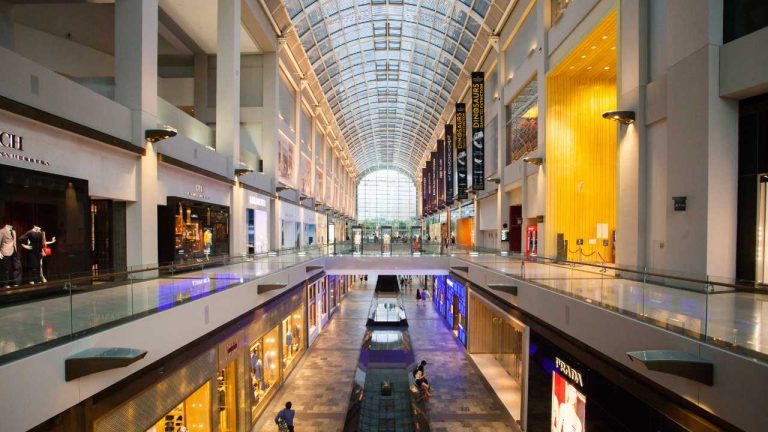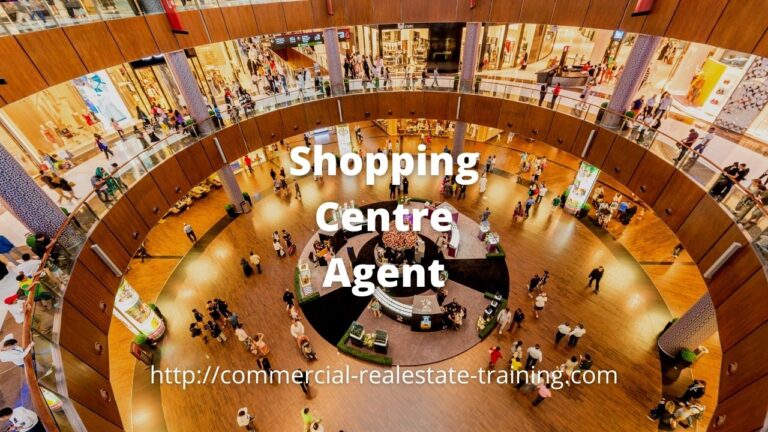How to Combine Tenant Types for a Successful Shopping Center
When you combine tenant types in a shopping center correctly, the tenant mix can be matched to the customers and increased sales can be the result. That’s how you will help make a shopping center successful. So let’s expand on that concept a bit further.
To find the right tenants for a property it is necessary to understand the focus of the local community and their shopping requirements. That can be achieved through retail market surveys with customers over a period of time.
In most shopping centres this survey process and customer contact should be undertaken at least once per year as part of preparing the property for the upcoming 12 months of trading. The survey becomes part of the business plan for the property. You can formulate key decisions from the survey relating to property operations, tenant placement, marketing, and lease management.
From the survey you will determine the central facts such as:
- The tenant types that the customers are looking for
- Understanding the factors of the property that concern the shoppers
- You will identify the strengths and weaknesses within the tenancy mix and with particular tenants
- You will understand the days that shoppers prefer to visit your property and purchase goods and services
- You will be able to profile your shopper for different days of the week
- Vacancy management and rental initiatives
With this basic information you can work on the changes and the opportunities to help your property improve.
Given that property performance will then be improved with refining and tuning of the tenancy mix you can then consider the tenants and the tenant types that you will require. Here are some ideas to help with that:
- Anchor tenants – The leases with your anchor tenants should be well established and provide occupancy for lengthy periods of time; that gives the property stability of cash flow and tenant profile. The anchor tenants should be clearly matched to the local customer profile so they draw people to the property each and every day. Depending on the size of your property, you may need or have more than one anchor tenant and they will be strategically placed in and around the property to encourage customer traffic. Well placed anchor tenants allow you to consider the subsequent placement of specialty tenants at the entrances to the property, near the anchor tenants, and along the high traffic pathways.
- Specialty tenants – Specialty tenants are the smaller tenants that provide a unique and attractive service to your customers. They should complement the local customer profile and they should be placed with relevance to the customer foot traffic, and the clusters of similar or related tenancies.
- Convenience tenants – These are the tenants that provide the basic materials of food and daily living. They will be retailers such as baker, chemist, newsagent, fruit and vegetable, and butcher.
- Fast Food – Depending on the design of your property, a few good fast food tenants will be an advantage in drawing people to the property and retaining them for longer periods of time as they shop. You may also have a common area or ‘food hall’ that allows you to theme the fast food zone.
- Entertainment – In some retail properties you will have the advantage of placing a tenant with an entertainment focus. That can be a movie theatre, or similar venue that draws people to the property regularly.
So taking all of these tenant types you can mix and match the tenant mix in the property to improve customer interest and involvement. A successful shopping center is one that is closely matched to the community.





